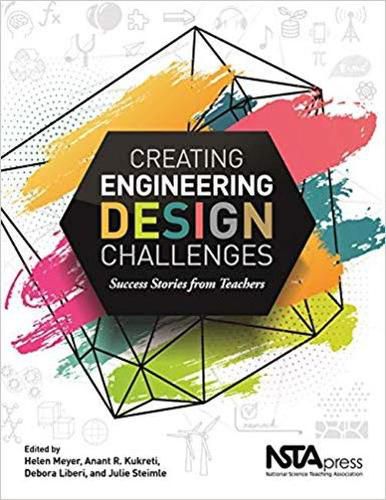Readings Newsletter
Become a Readings Member to make your shopping experience even easier.
Sign in or sign up for free!
You’re not far away from qualifying for FREE standard shipping within Australia
You’ve qualified for FREE standard shipping within Australia
The cart is loading…






If you’ve ever wished for advice you can trust on how to make science and math more relevant to your middle or high school students, Creating Engineering Design Challenges is the book for you. At its core are 13 units grounded in challenge-based learning and the engineering design process. You can be sure the units are classroom-ready because they were contributed by teachers who developed, used, and revised them during the Cincinnati Engineering Enhanced Math and Science (CEEMS) program, a project funded by the National Science Foundation.
Detailed and practical, the book is divided into three sections:
The contributors’ goal is to help you benefit from their hard-won experience. They write, During our time with the CEEMS project, we learned a great deal from our mistakes and our successes, and we felt it would be important to share what we learned with the hope that you can build on your own success. Working from their advice, you can develop a more student-centered classroom culture and nurture learners who are engaged in real-life engineering challenges.
$9.00 standard shipping within Australia
FREE standard shipping within Australia for orders over $100.00
Express & International shipping calculated at checkout
If you’ve ever wished for advice you can trust on how to make science and math more relevant to your middle or high school students, Creating Engineering Design Challenges is the book for you. At its core are 13 units grounded in challenge-based learning and the engineering design process. You can be sure the units are classroom-ready because they were contributed by teachers who developed, used, and revised them during the Cincinnati Engineering Enhanced Math and Science (CEEMS) program, a project funded by the National Science Foundation.
Detailed and practical, the book is divided into three sections:
The contributors’ goal is to help you benefit from their hard-won experience. They write, During our time with the CEEMS project, we learned a great deal from our mistakes and our successes, and we felt it would be important to share what we learned with the hope that you can build on your own success. Working from their advice, you can develop a more student-centered classroom culture and nurture learners who are engaged in real-life engineering challenges.